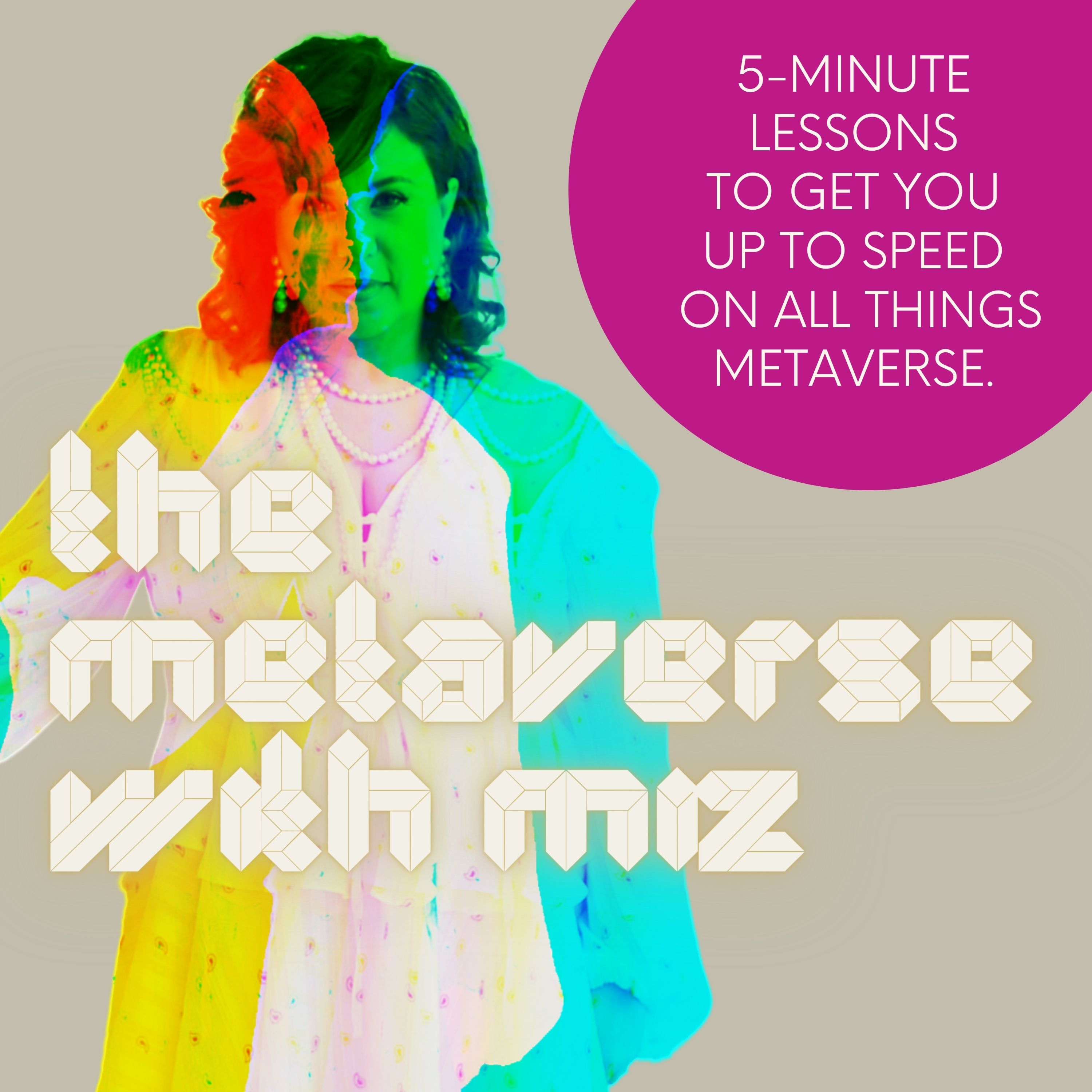Ep 5 - Different Types of NFTs - Part 1
The next few episodes will be dedicated to exploring the world of NFTs and why a community experience is critical to success. Please refer to your Meet The Metaverse Guide that you can access from the Links section. I will be mentioning specific NFT projects so seeing them visually will really help.
Transcript
Episode Five - Different types of NFTs and using them to build community. The next few episodes will be dedicated to exploring the world of NF T's and why community experience is critical to success. Please refer to your Meet The Metaverse Guide that you can access from the Links section. As I'll be mentioning specific NFT projects, seeing them visually will really help.
Speaker:If you were to open the website of the NFT marketplace Opensea you would be presented with a number of different categories - art, music, collectibles, trading cards, utility sports, virtual worlds. I will dedicate an episode to each of these.
Speaker:Pokemon is an amazing example of a company that created a game moved into animation and trading cards and then evolved that game into an augmented reality mobile experience that swept the world in recent years. So you can imagine how many games developers, animators and artists would have been looking at Pokemon's success, wanting to emulate it. And then along comes the world of NFTs and suddenly there is a whole new way to do it.
Speaker:In 2017, two projects emerged that were built on the Ethereum blockchain and captured the imagination of early adopters. Cryptokitties - a blockchain game that lets you buy, breed and trade digital kittens. Over 2 million kitties have since been created. Cryptopunks, however, is the benchmark early NFT collection featuring 10,000 unique one-of-one pixelated cartoon heads. They were originally given away to anyone who had an Ethereum compatible wallet and were quickly secured. Now the only way to own one is to buy it on the secondary market on Opensea. They now range from hundreds of 1000s of dollars to millions of dollars. As a very early project, it set the benchmark for what a large collection of up to 10,000 artworks looks like and garners in terms of huge prices, and everyone wanted in both as creators of similar collections and collectors of them. Other collections for you to explore - and I have added links in the Meet The Metaverse Guide - are Board Ape Yacht Club and World of Women.
Speaker:To understand these collections, I just want to explain a little bit about how they're created. Because they're computer generated collections. The collection would start with an original template of, say an ape or a crypto punk or a world of women woman.Then the creator would design multiple accessories to add to that original template such as hats, glasses, earrings, cigarettes, and also skin tones. These accessories are then run through an algorithm which then randomly adds accessories to the basic template to generate a vast collection. The creators will then curate the best looking 10,000 characters and put those up as the final collection. Like Pokemon cards where a hologram or shiny card has more value, a number of these NFT collectibles collections embed rarities into them, meaning that some in the 10,000 collection are rarer and therefore more valuable, and they're the ones that people want to own and are prepared to pay a higher price for. What is common to all these projects is that the creators hope to generate the same interest and FOMO - Fear Of Missing Out - in the hope of getting traction, selling the collection quickly and gaining high valuations and ongoing sales. All the collections I've mentioned so far have attracted celebrities and notable entrepreneurs as collectors and collaborators. It is a major flex to own one and the community experience adds value to the holder. They hold Twitter Spaces, Discord and Zoom calls, meet up in person, and there are now offshoot projects to evolve the experience you get a network by being part of these projects.

